JetBlue Mint Suite business class review – A321LR from London to Boston
Links on Head for Points may support the site by paying a commission. See here for all partner links.
This is our review of JetBlue’s Mint Suite business class on an intercontinental flight from London to Boston.
If you’re based in the UK, then you may not have heard of American airline JetBlue before. Although founded in 2000, it has only been flying to the UK since 2021 with flights from New York and Boston to both Heathrow and Gatwick.
You can read my introduction to JetBlue and its position in the transatlantic market here. It is worth reading, as the airline operates differently to most other carriers.
This year, JetBlue launched flights from Dublin to both New York and Boston (the latter is a summer seasonal) whilst flights from Edinburgh to New York will launch at the end of this month.
Unlike most other transatlantic airlines, JetBlue operates a fleet of single-aisle A321LR aircraft which offer a slightly different experience to the ‘big’ planes you’d expect to see on a long flight such as this.
A quick note on nomenclature: like a lot of airlines, JetBlue has branded names for its business class and economy cabins. JetBlue Mint is their version of business class whilst Core is economy.
JetBlue provided my return flight to the US for review purposes. It did not pay for my accommodation in the US or incidental expenses.
JetBlue Mint check-in at London Heathrow
At Heathrow, JetBlue operates out of Terminal 2 which is predominantly used by Star Alliance airlines. This is the newest and arguably most convenient of Heathrow’s four terminals, with more Elizabeth Line and Heathrow Express trains into central London.
I arrived around 2 hours prior to departure and was expecting check-in to be relatively lively. I was pleasantly surprised to find it totally quiet for both Mint (business class) and Core (economy) passengers.
If you’re travelling in Mint, you get to use the Fast Track security lanes at Terminal 2.
JetBlue lounge access
Put simply, there isn’t any. One of the quirks of JetBlue’s hybrid low-cost-full-service model is that it does not offer lounge access at any of its airports (not even its home in Terminal 5 at New York JFK).
This didn’t bother me hugely because I was able to use the Plaza Premium lounge in Heathrow T2 using the Priority Pass from my Amex Platinum credit card. It was more frustrating on my return trip when I had a connection in New York as there are no lounges – airline or independent – in their terminal.
Onboard JetBlue’s A321LRs
When JetBlue introduced its subfleet of A321LRs (the ‘LR’ stands for ‘Long Range’) it also introduced an updated Mint cabin and new Core seating.
Flying a long-haul route with a single aisle (and traditionally short haul) aircraft is still a relative novelty. In fact, this is the first time I’ve done so in business class – my only previous long distance flight on an A321LR was in premium economy with Air Transat to Toronto (review here). Rob reviewed an Aer Lingus A321LR flight from Dublin to New York JFK here.
In contrast to Air Transat, JetBlue offers a proper, lie-flat business class product with 24 Mint Suites along with 114 seats in economy. The business class cabin is so big that it takes up almost half of the aircraft!
One thing to note with these aircraft is that there is no ‘turning left’ for business class here: everyone boards from the front. This makes it a little less discreet than flying business class on a larger aircraft.
The JetBlue Mint Suite
At the front of the cabin – seats 1A and 1D – are ‘business plus’ Mint Studios – which I’ll cover in more depth in a follow-up article. Behind this are eleven rows of Mint Suites in a 1-1 configuration.
The first thing you’ll notice is that this is an inward-facing herringbone layout, something that has largely fallen out of favour in the widebody market. These days, most herringbone seats are outward facing.
Getting all-aisle-access lie-flat seats on a narrow-body aircraft such as this is more complicated than you think. Counter-intuitively, there is actually more space between the aisle and the windows, which means that each seat needs to be at a steeper angle away from the centreline to achieve a similar seat density to what you’d find on a widebody.
This in turn creates problems when trying to get into and out of the seat, so most seatmakers currently offer aisle-facing seats with your head by the window. Another alternative is to offer a staggered, 1-2, 1-1 layout, which means you lose out on all-aisle-access.
As with all decisions, it is a trade-off: in this case sacrificing window views for a lay-flat all-aisle-access cabin with the Thompson Vantage Solo seat, for which JetBlue was the launch customer.
Let’s take a closer look at the seat, because there are some clever design decisions that are worth highlighting. I sat in 7F, about midway down the cabin:
On boarding, the crew asks every passenger if they have flown before or would like a quick introduction to their seat guides.
Front and centre is obviously the seat itself, which can recline at the push of a button to create a 6’8″ (203cm) flat bed. It is very comfortable in bed mode and wider than I expected around the knees.
Whilst the seat controls are at armrest level, I didn’t have any problems with accidentally reclining myself which I’ve had with other seats. However, the armrests are particularly high – higher than I found comfortable, to be honest.
This is the view from the seat when you’re sat in it, facing the aisle:
The 17″ TV screen pulls out easily and feels very sturdy. It can also be tilted to face downwards slighly, ideal when watching it in bed mode.
Underneath the screen you’ll find a clever little storage solution – a laptop drawer. Despite laptops and iPads being almost ubiquitous, it’s often hard to find adequate storage for these within business class seats themselves. This drawer was perfect for my 13″ MacBook Air, AirPods case and USB-C charging cable, although I had to remind myself not to forget it when I left as it tucks away so neatly.
Underneath this is a small foot cubby. Because of the geometry of the seat, this doesn’t go as deep as on some other seats and as a result feels less restrictive. There’s also a useful open storage area underneath, ideal for a pair of shoes or a small bag:
The console table is in front of you and relatively large, extending about half a metre. There is a wall-mounted ambient light, which you can turn on/off with your seat controls, or toggle between a blue and a warm white light. It’s not particularly bright but does add a bit of light on night flights.
Underneath the console is the tray table, which pops out at the push of a button. (Rather cleverly, the manufacturer has incorporated two buttons: one for you as the passenger and one more easily accessible to the crew, meaning they don’t need to reach over you. Smart thinking.)
There’s also a latch to release the suite door. In a layout such as this, where your head and body are away from the aisle, I personally find the addition of a door less useful. Particularly when, as is the case here, the surrounding walls are relatively low. (Contrast this to an outward facing herringbone – such as BA Club Suite – where your head and body are next to the aisle and more prone to knocks from people walking through.)
The crew were very diligent not just in unlocking but also closing the door shortly after the meal service finished, as well as throughout the flight.
Close to the seat you’ll also find a universal power socket as well as a USB-A port. There is an additional universal socket and USB-C port on the other side, underneath the armrest:
As you can see, you are also provided with a 500ml water bottle.
The cutout by the window features a pop-up storage bin as well as a wireless charging pad, although this didn’t seem to work on either of my flights.
I was pleased to see JetBlue had retained individual air nozzles:
…. whilst the Airspace cabins meant that the overhead storage bins were huge, especially in business class.
There are two lavatories for Mint Suite and Mint Studio customers at the front of the aircraft.
JetBlue entertainment and connectivity
In-flight entertainment is via a 17″ touchscreen which I found very responsive. There is also a secondary remote you can use or you can pair your phone to the screen, although I didn’t find this particularly useful.
I was greeted by name and asked to confirm my date of birth and email in order to ‘log in’ to my preferences:
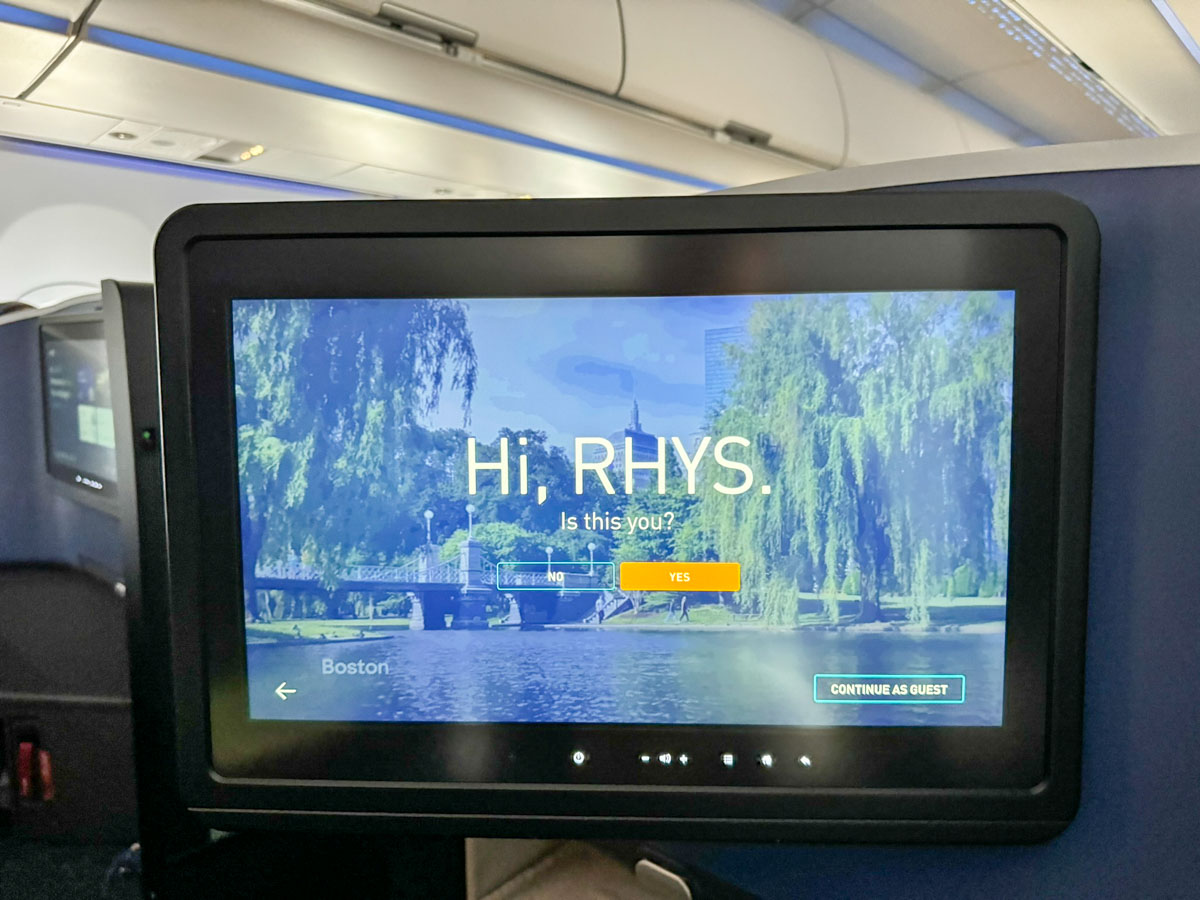
There is a decent selection of content, although classics are better represented than new releases. You can stream live TV as well.
JetBlue has an exclusive partnership with streaming service Peacock and you’ll also find content from HBO and other providers. I ended up watching Season 2 of HBO’s ‘Julia’, based on Julia Child.
The headphones provided by Master & Dynamic were excellent – a real upgrade over the usual headphones you get in business class. Made of (I think) aluminium, they have an industrial aesthetic but are also exceptionally comfortable and great sound quality, to the extent that I didn’t even bother unpacking my Sennheisers from my bag.
The headphones are so good that the crew will take them off you shortly before landing and replace them with cheap in-ear buds to stop you pinching them.
Unfortunately, Bluetooth pairing is not available.
When it comes to in-flight connectivity, JetBlue has an industry-leading ‘free for all’ policy. Its ‘Fly-Fi’ is available to all customers, regardless of which cabin you’re in, and is completely unlimited.
I had no trouble connecting to the wifi after watching a 15-second ad. Bar one or two 5-minute patches of no connectivity, I found it very responsive and quick, easily capable of loading photos and even video on social media. For a free, unlimited service this is very good and in many cases even beats the paid packages offered by competitors.
JetBlue Mint amenities
Waiting for you at your seat are a handful of amenities. This includes a bedding kit with quilted blanket and memory foam pillow from Tuft & Needle, an American ‘bed in a box’ retailer like Eve, Simba etc.
I found the pillow very comfortable but I would’ve liked a mattress topper or fitted sheet to put on the seat when in bed mode, as the grey leather is not particularly breathable.
You also get a menu and drinks menu. For a personal touch, this features the handwritten names of the crew serving in Mint.
The amenity kit has recently been updated and features a Carara green and black sports mesh pouch that can be reversed into a string bag, although in reality I’m not sure how many people in Mint will be doing that.
The contents features a sleep mask and ear plugs from Tuft & Needle. A dental kit featuring bamboo tooth brush, toothpaste and mouthwash is provided by Plus Ultra.
Skincare products are from Dr. Dennis Gross, with a hylauronic lip balm, ‘moisture cushion’ cream and hyrdrating hand cream. You also get a two-step peel wipes, designed to smoothen skin.
Finally, it also includes a pair of socks as well as a deodorant wipe – smart.
Also waiting at your seat is a pair of slippers – the most comfortable airplane slippers I have had the pleasure of wearing:
JetBlue Mint food and service
Service on JetBlue is very, very good. This is largely down to a friendly, personable crew and excellent training standards. For example, I was asked if they could put my coat away for me as soon as I boarded. It’s been a while since I was offered that.
On boarding, a choice of orange juice, mimosa or sparkling wine was offered. Unfortunately, due to space and weight restrictions, this is offered in a plastic cup: fortunately, this is the only drink to be served in a single-use receptacle.
It’s quite a challenge for crew to do pre-departure drinks, given that passengers continue to board past you from the front door.
Like most transatlantic airlines, JetBlue offers a double meal service on board, with a lighter second meal.
Unlike most airlines, however, JetBlue has a totally different catering concept to the usual starter, main and dessert. Instead, you can choose 3 of 5 small plates for the main meal and 2 of 3 small plates for the second. You can preview the current menus here.
Although paper menus are provided, you place your order through the in-flight entertainment screen:
This is quite a clever strategy. Most airlines offer a choice of 2-3 starters and 3-4 main course dishes, as well as a couple of desserts for a single meal service – easily 8+ different dishes. In contrast, JetBlue’s five dishes allows it to give you a choice whilst simplifying its catering operation, reducing food waste and reducing the amount of storage that is needed on this already small aircraft. Necessity, as they say, is the mother of invention.
On my 8am departure our primary meal was a breakfast service. Here were the choices:
- Grapefruit
- Greek yoghurt with strawberry jam, toasted walnuts
- Smoked salmon with tomato conserva, crostini
- Bread pudding with currant, pear and creme anglaise
- English breakfast with soft scrambled eggs, roasted tomato, rosti potato and beans
In addition, sides of sausage and bacon were available, as well as Calabrian chilli oil.
Before your meal is served a starter / amuse bouche is served, in this case a pain au chocolat:
I opted for the grapefruit, smoked salmon and English breakfast, which were served on a single tray:
Airplane breakfasts rarely impress but the quality of the food (catered by DO&CO from Heathrow) was very good, with generous portions of smoked salmon and surprisingly good scrambled eggs.
In terms of drinks, JetBlue offers a choice of five wines (an Italian sparkling, two whites, a light red and a ‘big’ read). You can also choose from three hand-shaken cocktails and two mocktails, as well as a variety of beers and spirits. Unfortunately, there is no champagne.
Over the course of my flight I tried the sparkling wine (fine) as well as all three of the cocktails, which were great. The crew even came over to my seat with a real cocktail shaker to shake it in front of me!
Mid-way throught he flight crew came round with a box of snacks including crisps and nuts. I asked if they had any chocolate and they duly provided a Dairy Milk bar.
The second meal was served about 90 minutes before landing and featured the following choices:
- Endive & frisee salad with oranges, hazelnuts and citrus vinaigrette
- Trio of traditional tea sandwiches
- Celery root soup
All are served with a warm scone, clotted cream and jam.
I opted for the latter two, both of which again were good:
Overall, I liked the small plates concept. Although it does admittedly offer less choice than you’d perhaps find on a legacy carrier, it feels less formal than a traditional business class meal and embraces current restaurant trends. As a way of managing the limited amount of space the A321LR offers, its clever.
Just before landing, crew came round with a lemon-infused hot towel:
In terms of service, the crew were exceptionally attentive throughout, regularly passing through to pick up empties and ask if I wanted a top up or another drink.
Conclusion
JetBlue prides itself in being different to other airlines. This can be a good thing: for example when it offers free inflight wifi and an innovative small plates concept.
At other times, it’s not: for some people, the lack of lounges and sparkling wine rather than champagne might be deal breakers. Of course, this also reflects the airline’s position as a hybrid of the low cost and full service models. You will find JetBlue to be consistently cheaper than British Airways on transatlantic flights, and you can earn Avios if you wish by crediting your flight to Qatar Airways Privilege Club.
Overall I was impressed by my experience. Legacy airlines could learn a lot from JetBlue and its friendly, personable crew. In general, it does everything in a younger, more innovative way, taking its cues from outside the aviation industry where progress can be slow.
Curious about JetBlue’s front row Mint Studio? We’ve reviewed that here.

Head for Points made a financial contribution to the Woodland Trust as part of this trip. The Woodland Trust creates and manages forests in the UK in accordance with the Woodland Carbon Code.
PS. If you are not a regular Head for Points visitor, why not sign up for our FREE weekly or daily newsletters? They are full of the latest Avios, airline, hotel and credit card points news and will help you travel better. To join our 70,000 free subscribers, click the button below or visit this page of the site to find out more. Thank you.
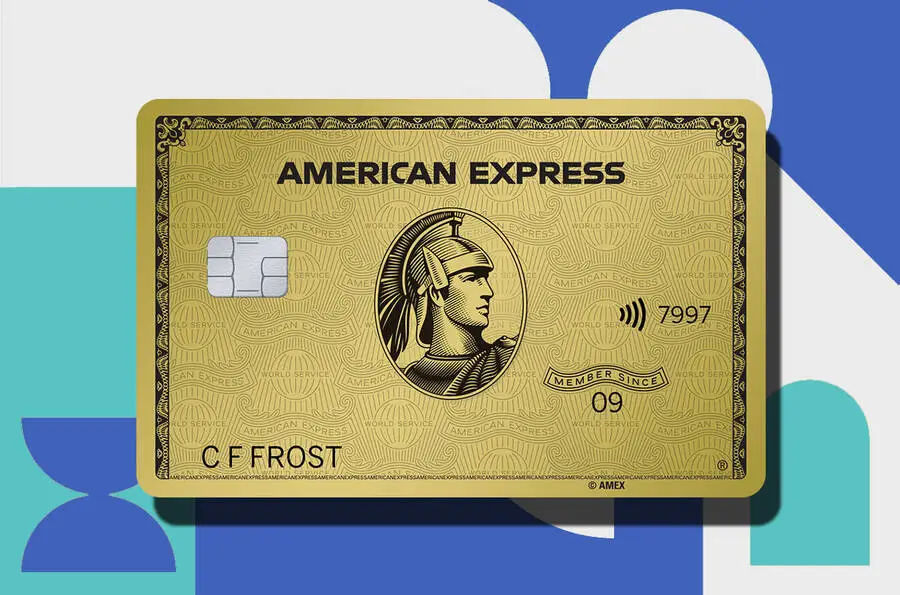
How to maximise your miles when paying for flights (July 2025)
Some UK credit cards offer special bonuses when used for buying flights. If you spend a lot on airline tickets, using one of these cards could sharply increase the credit card points you earn.
Booking flights on any airline?
The American Express Preferred Rewards Gold Credit Card earns double points (2 Membership Rewards points per £1) when used to buy flights directly from an airline website.
The card comes with a sign-up bonus of 20,000 Membership Rewards points. These would convert to 20,000 Avios or various other airline or hotel programmes. The standard earning rate is 1 point per £1.
You can apply here.
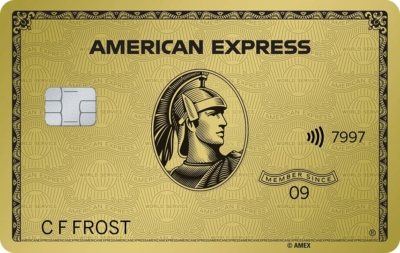
American Express Preferred Rewards Gold Credit Card
Your best beginner’s card – 20,000 points, FREE for a year & four airport lounge passes Read our full review
Buying flights on British Airways?
The British Airways American Express Premium Plus Card earns double Avios (3 Avios per £1) when used at ba.com.
The card comes with a sign-up bonus of 30,000 Avios. The standard earning rate is 1.5 Avios per £1.
You do not earn bonus Avios if you pay for BA flights on the free British Airways American Express Credit Card or either of the Barclaycard Avios Mastercards.
You can apply here.
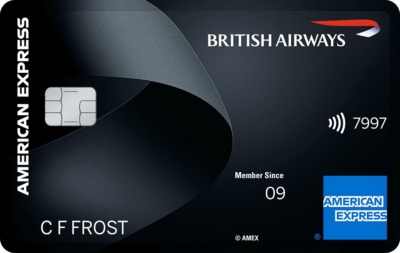
British Airways American Express Premium Plus Card
30,000 Avios and the famous annual Companion Voucher voucher Read our full review
Buying flights on Virgin Atlantic?
Both the free Virgin Atlantic Reward Mastercard and the annual fee Virgin Atlantic Reward+ Mastercard earn double Virgin Points when used at fly.virgin.com.
This means 1.5 Virgin Points per £1 on the free card and 3 Virgin Points per £1 on the paid card.
There is a sign-up bonus of 3,000 Virgin Points on the free card and 18,000 Virgin Points on the paid card.
You can apply for either of the cards here.
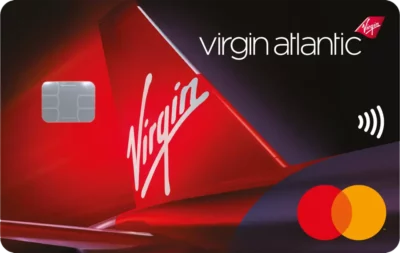
Virgin Atlantic Reward Mastercard
3,000 bonus points, no fee and 1 point for every £1 you spend Read our full review
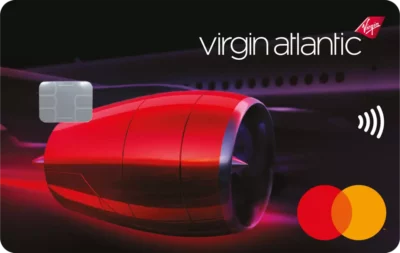
Virgin Atlantic Reward+ Mastercard
18,000 bonus points and 1.5 points for every £1 you spend Read our full review



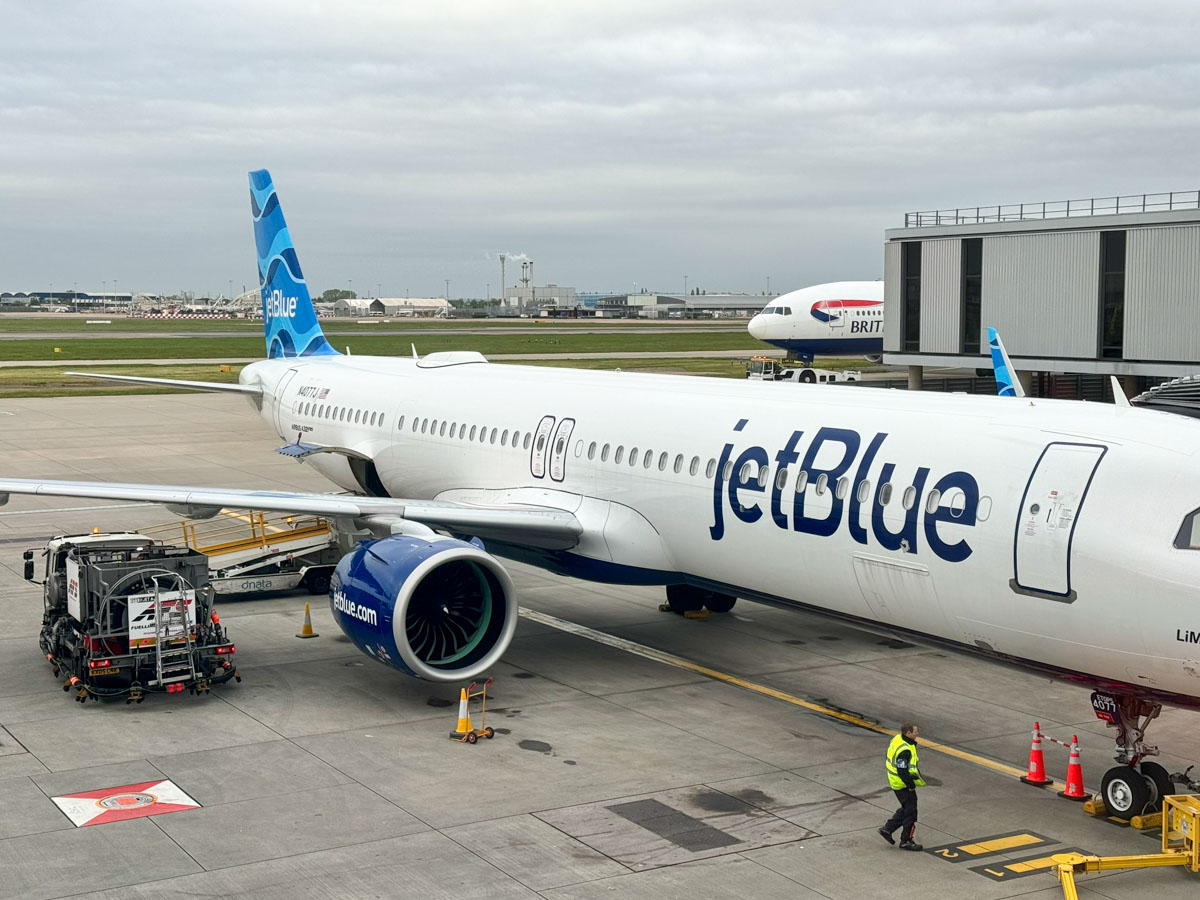
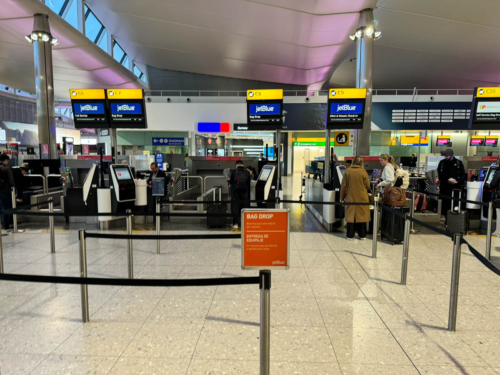
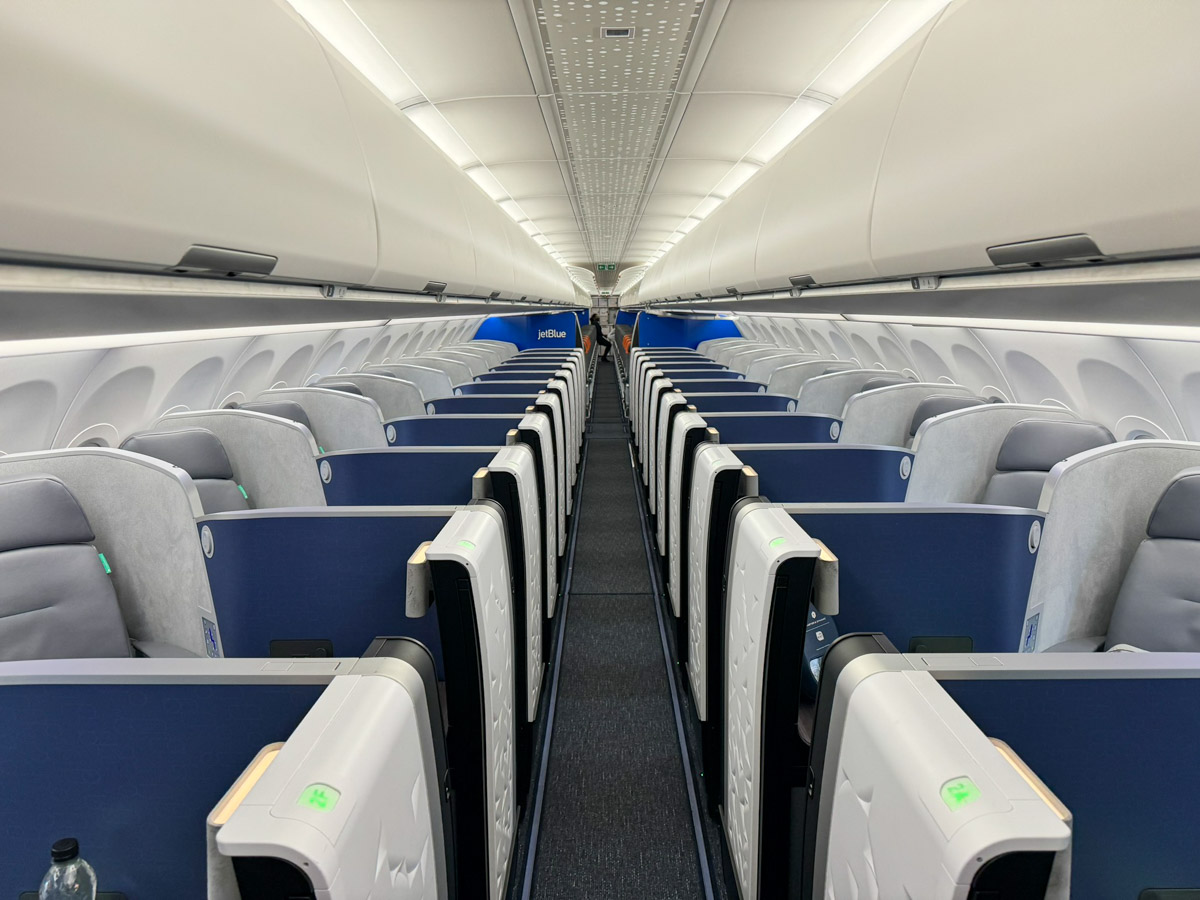
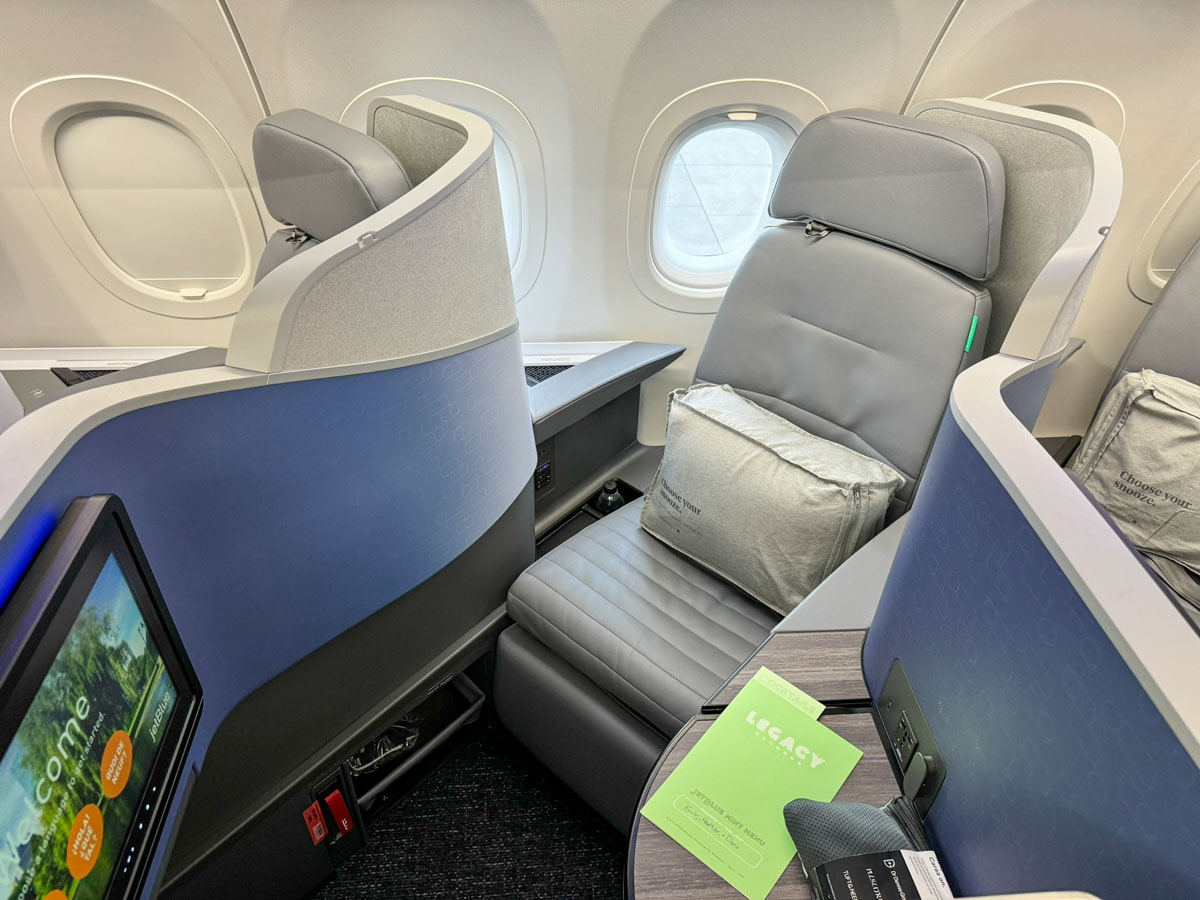
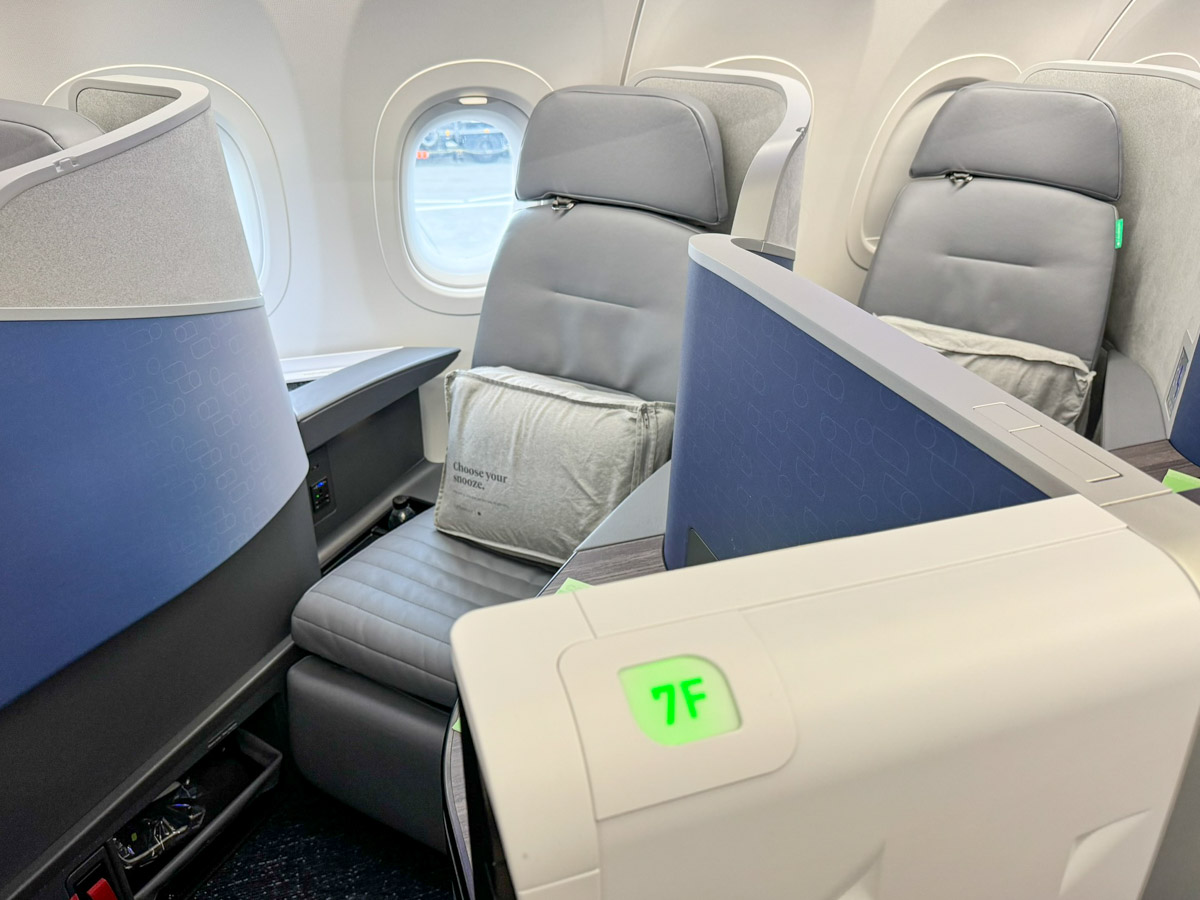
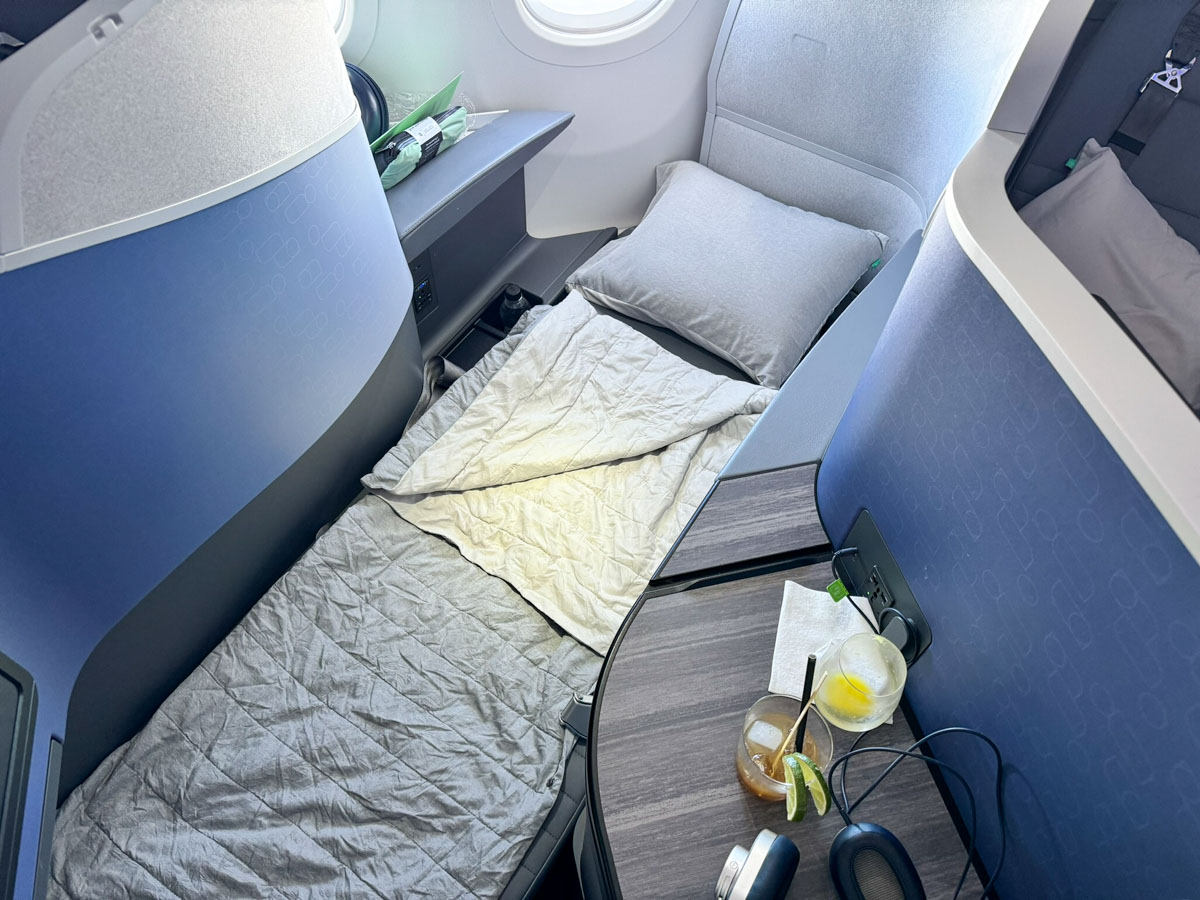
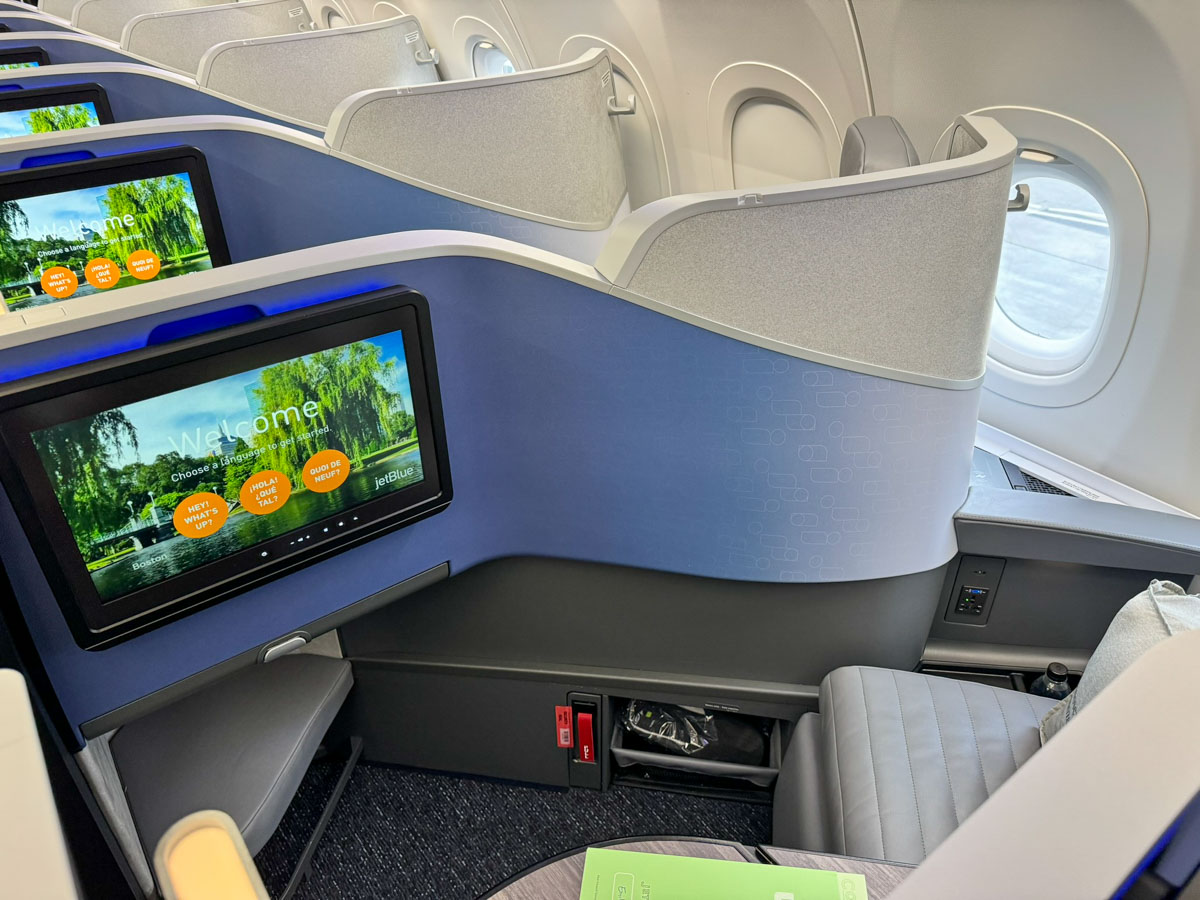
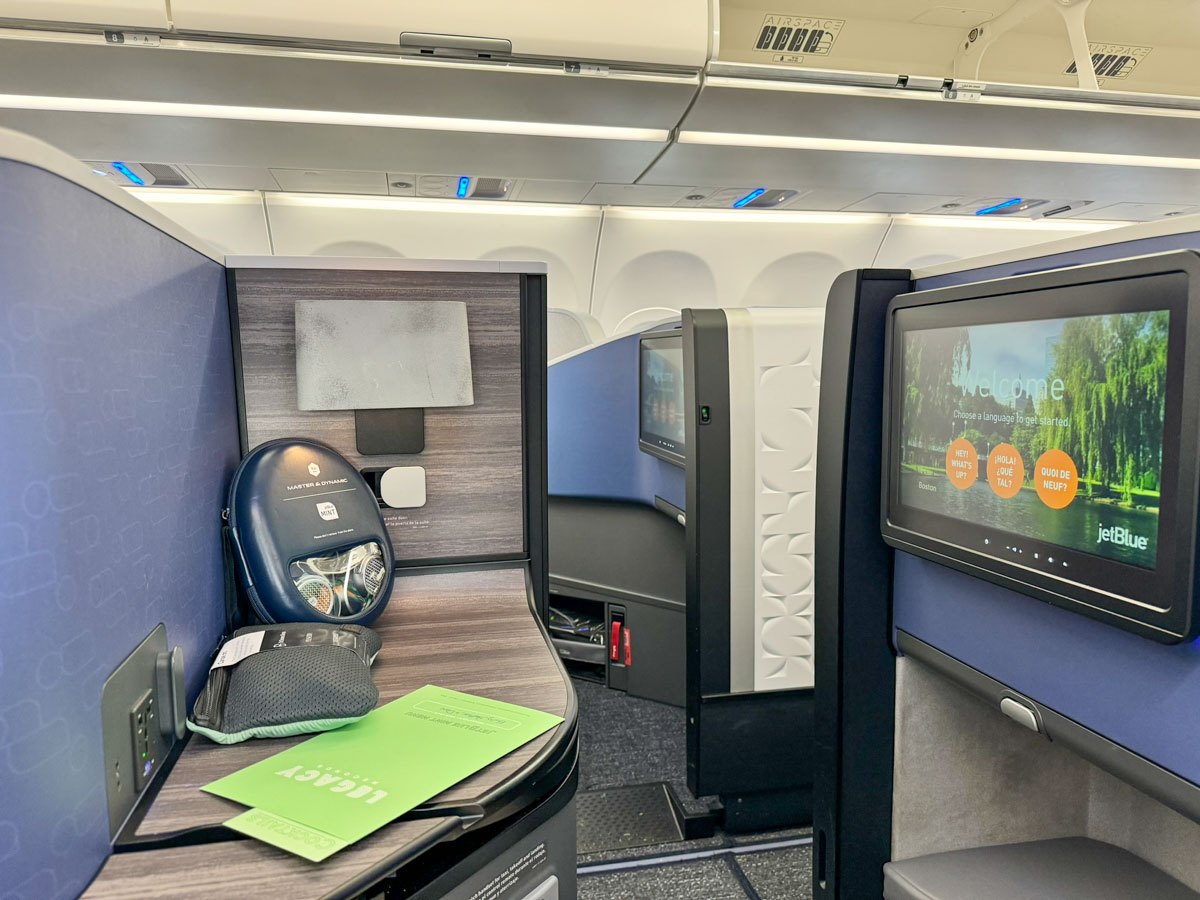
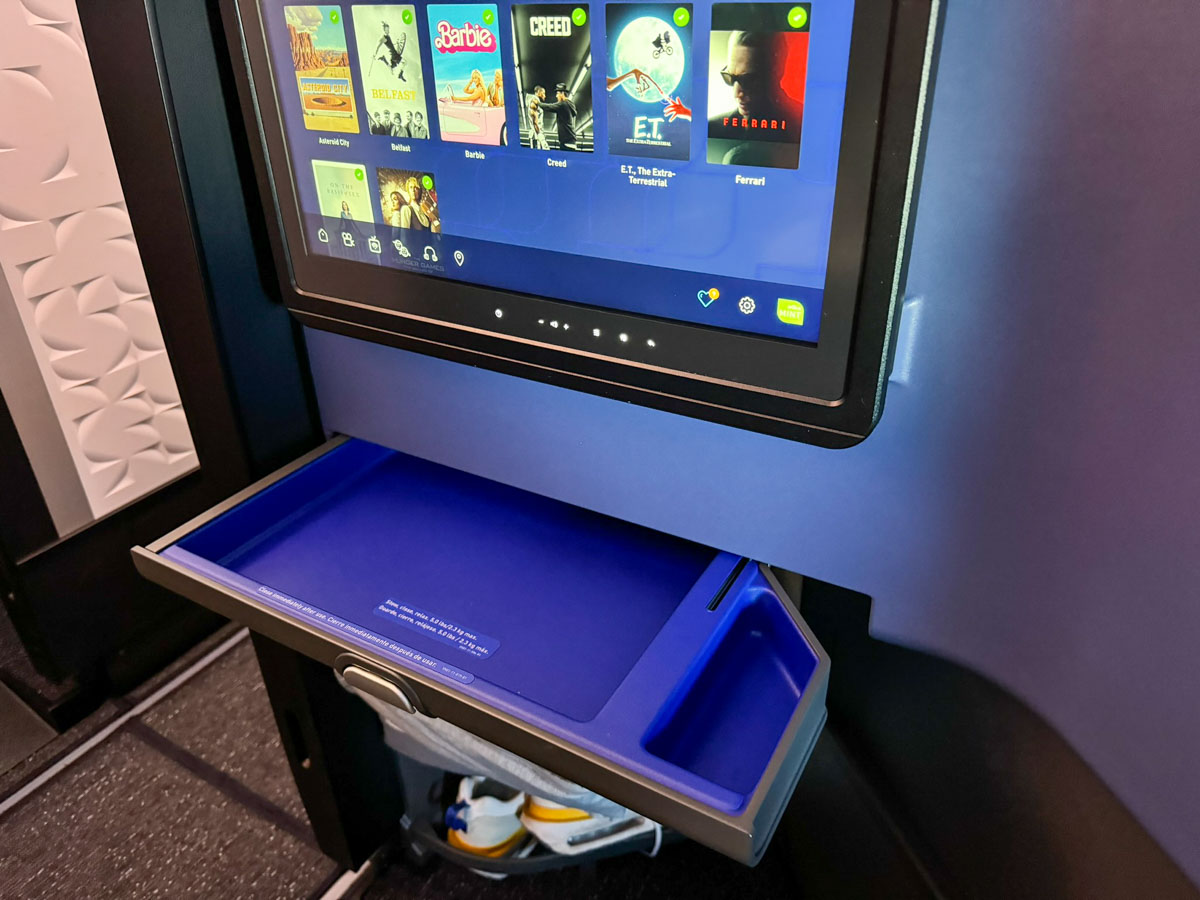
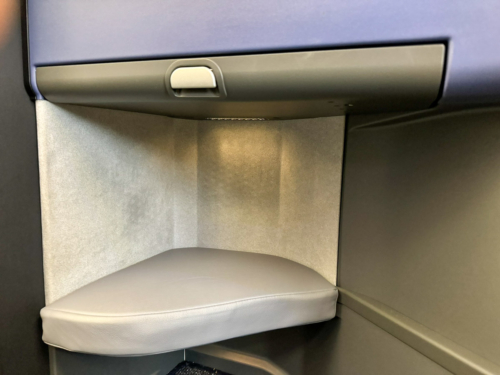
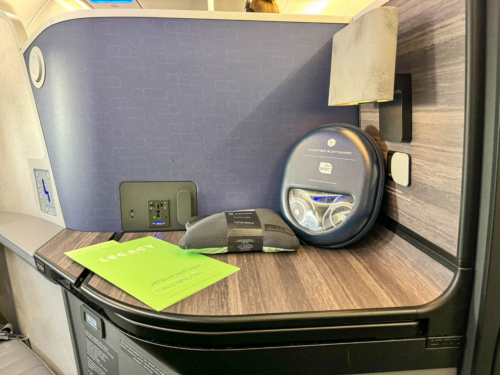
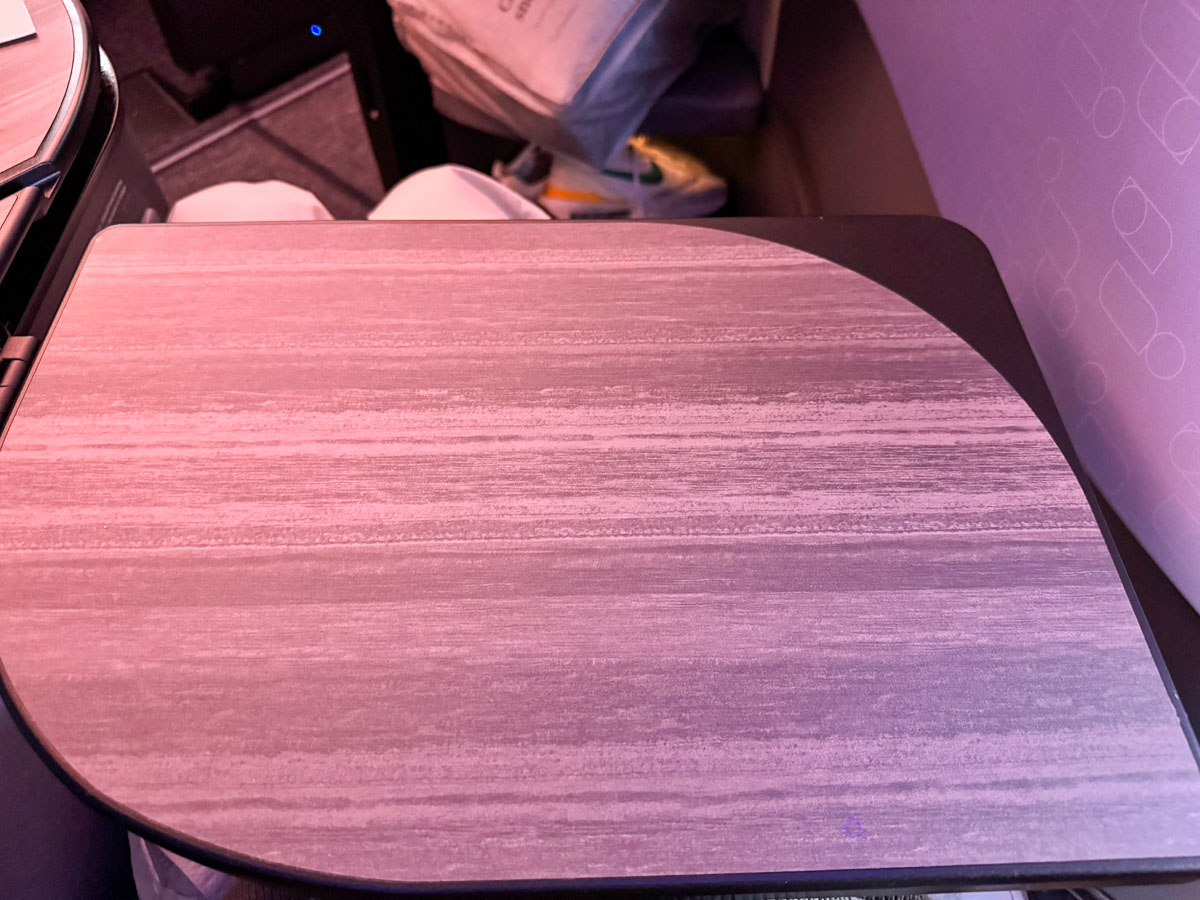
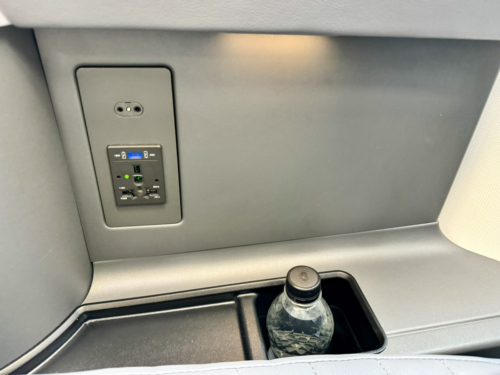
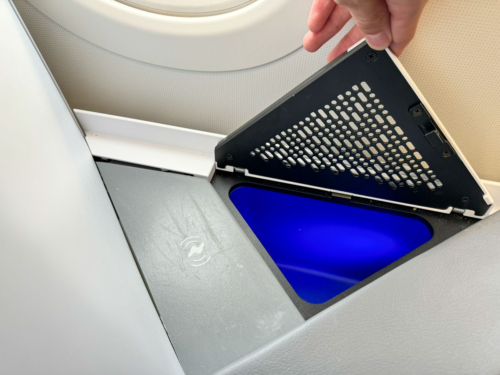
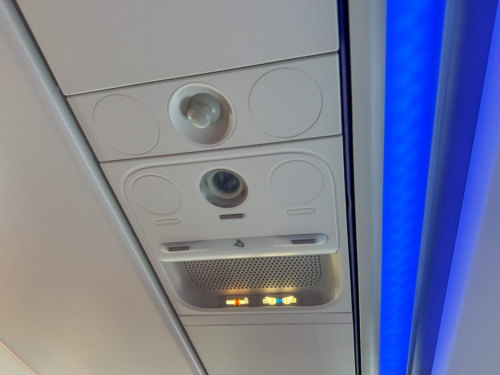
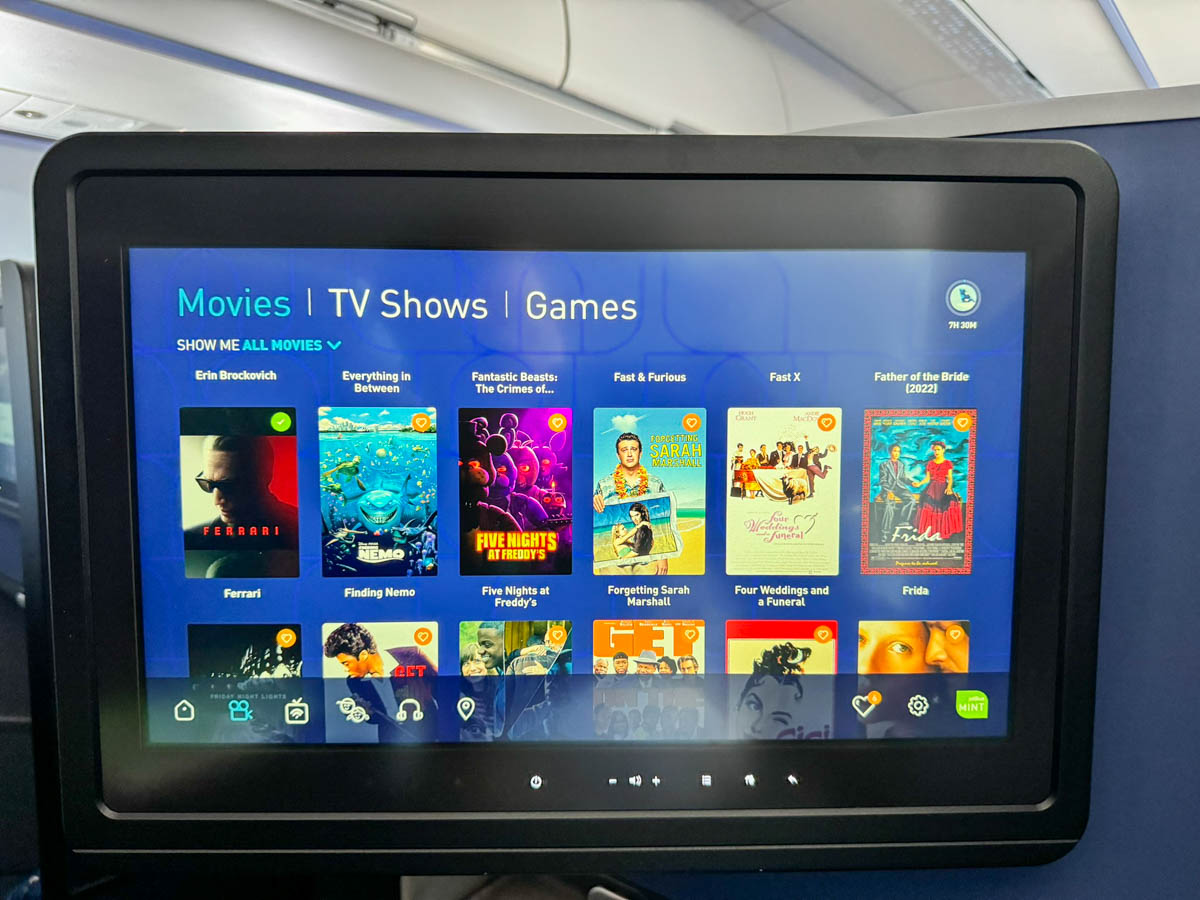
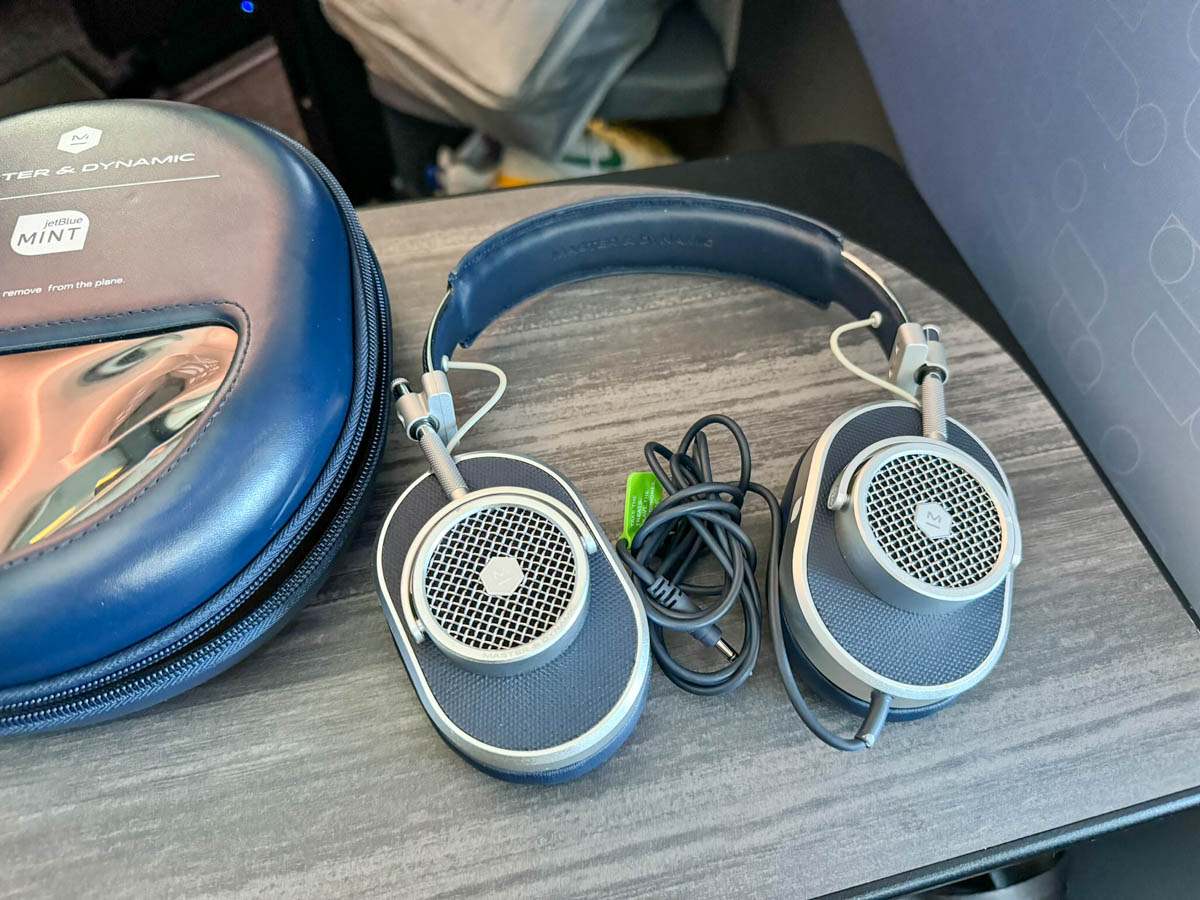
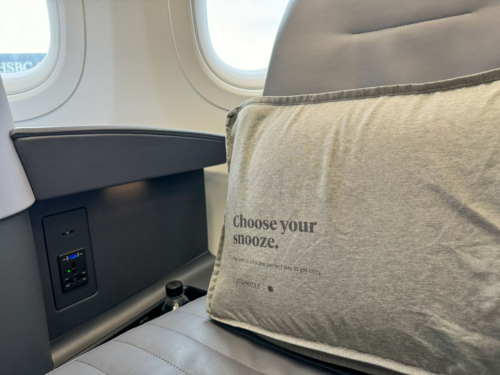
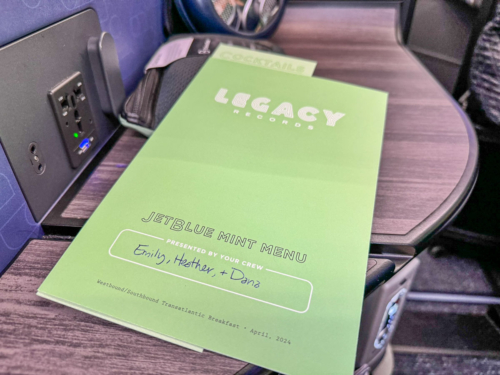
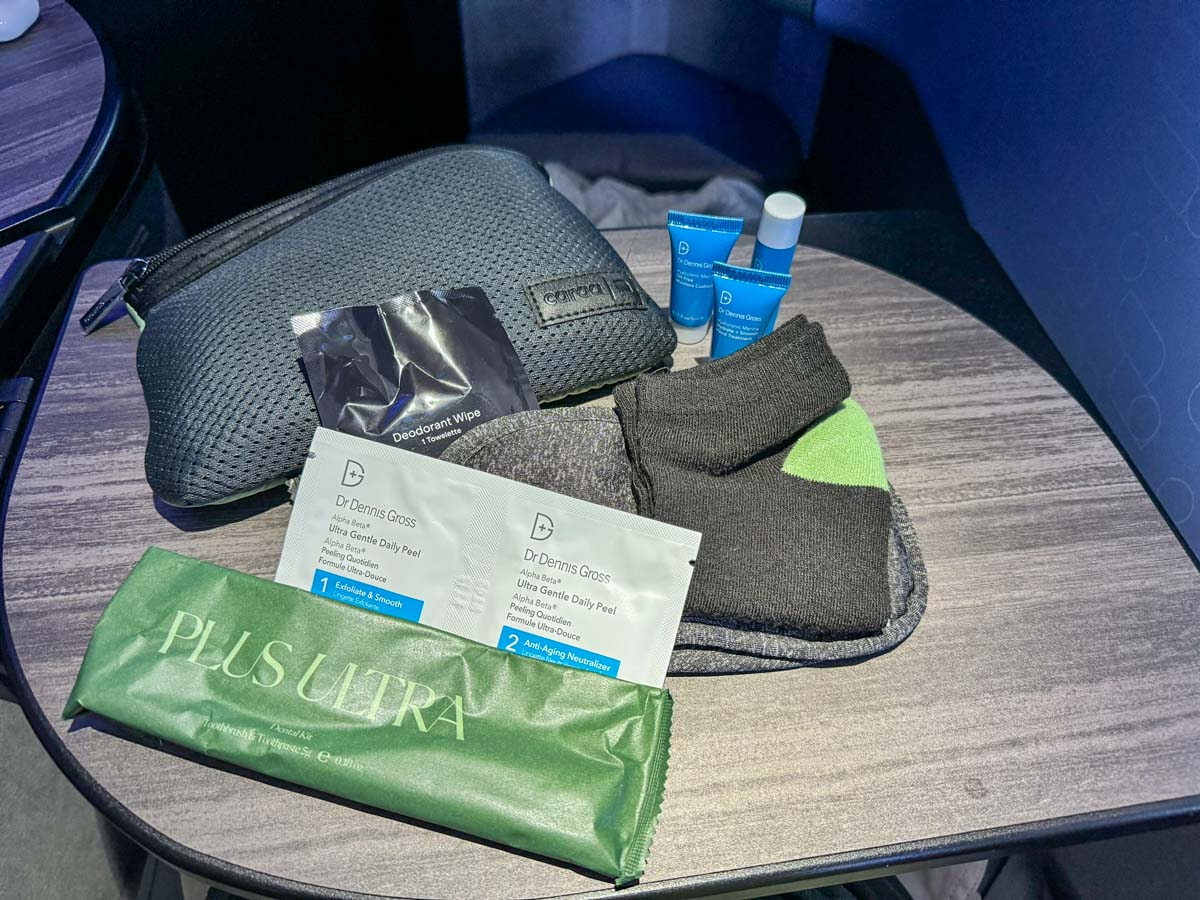
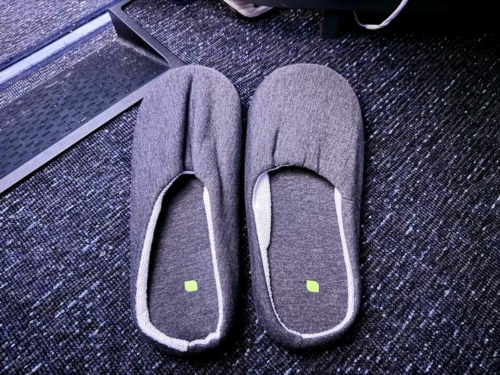

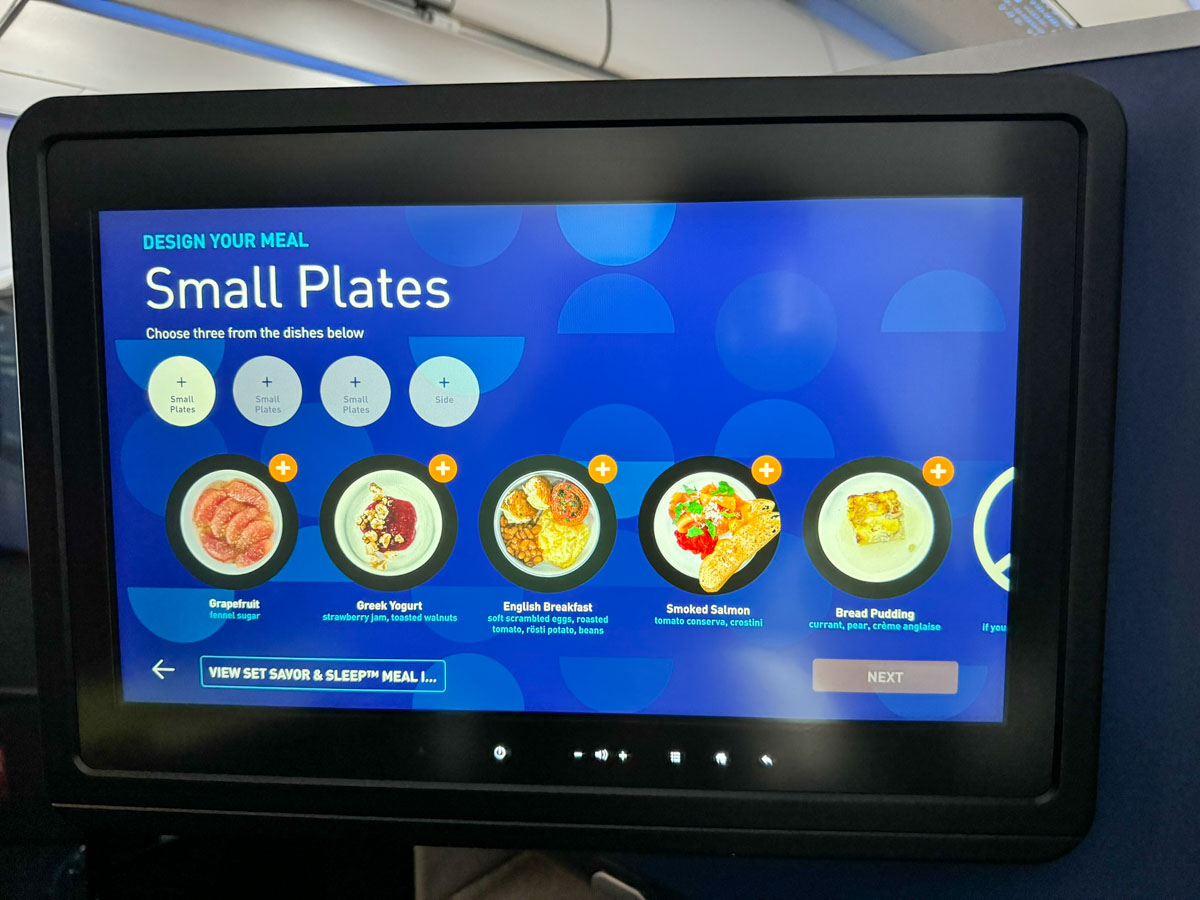
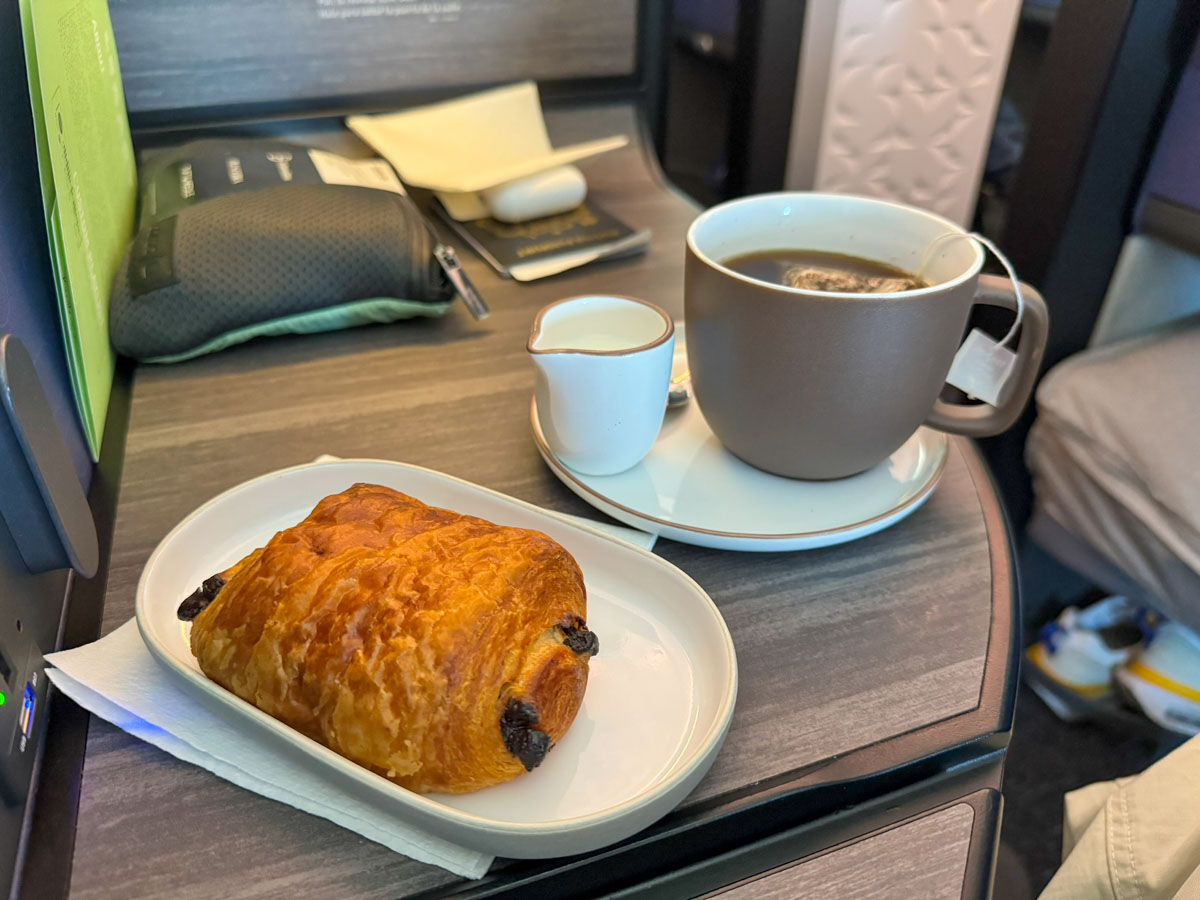


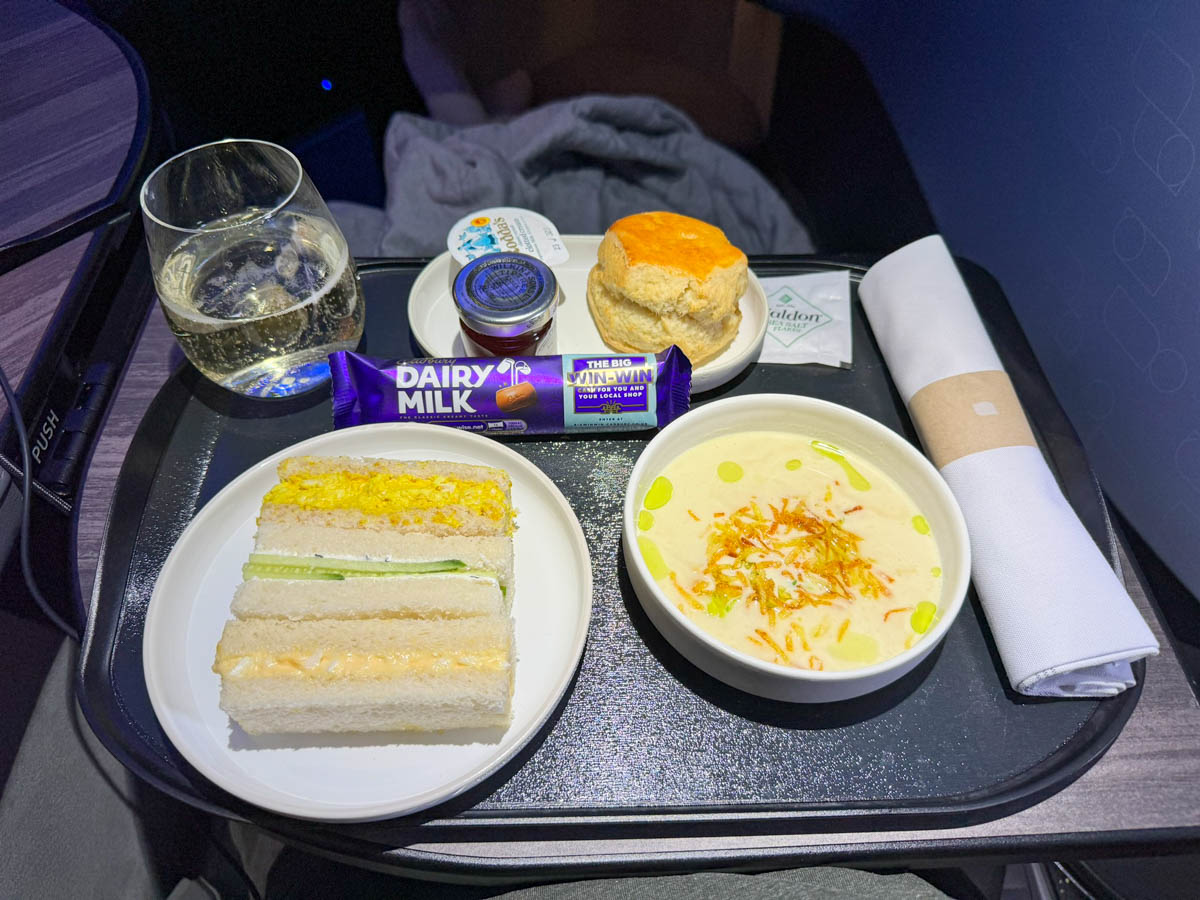
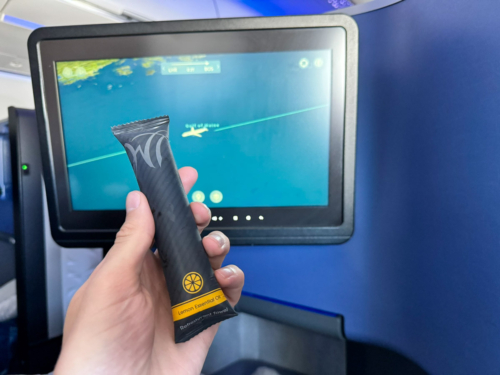
 Rhys
Rhys 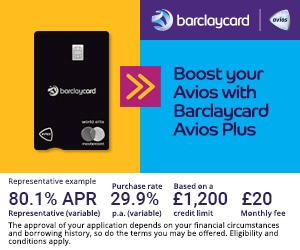

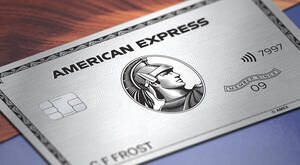
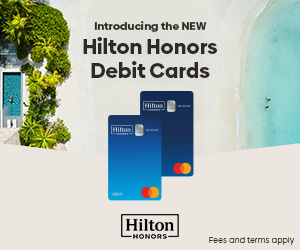

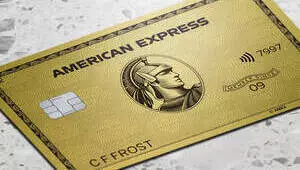
Comments (54)